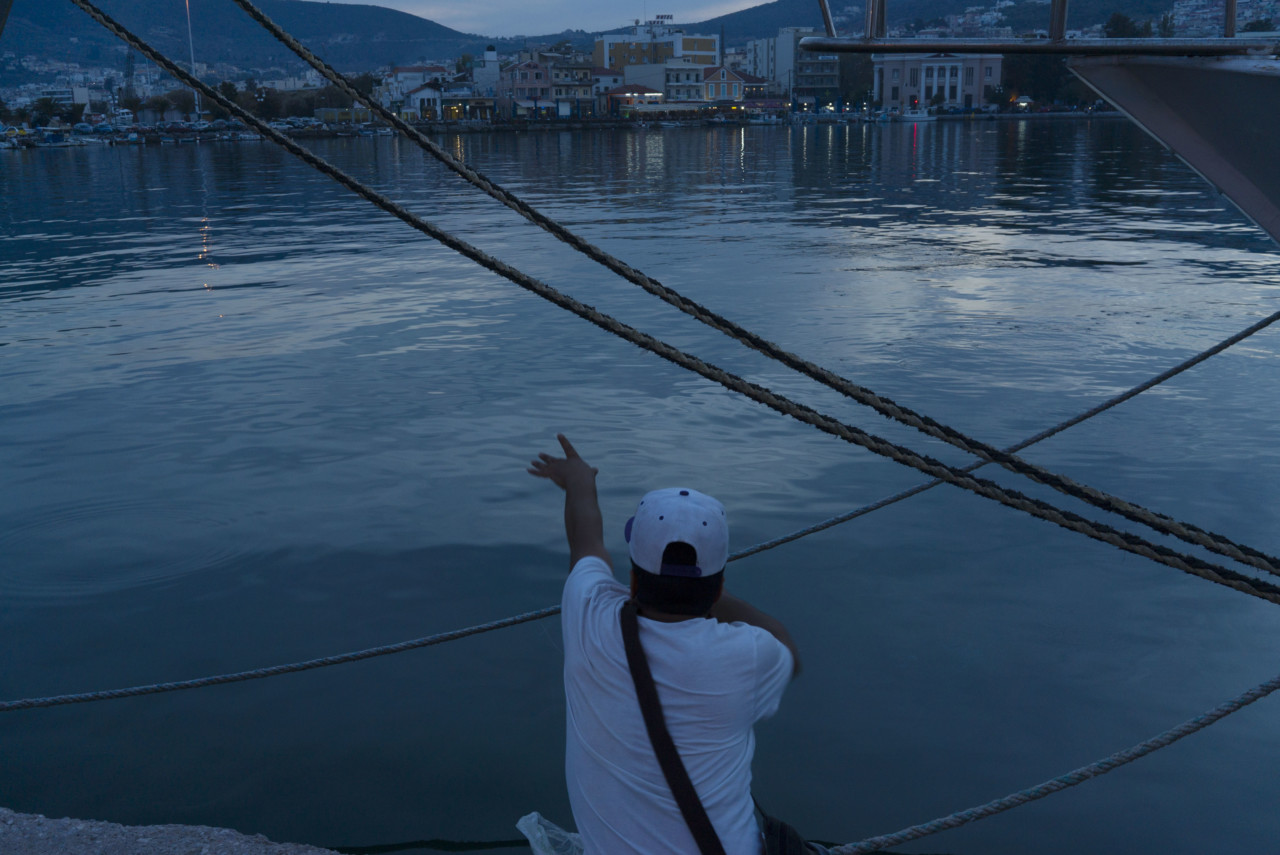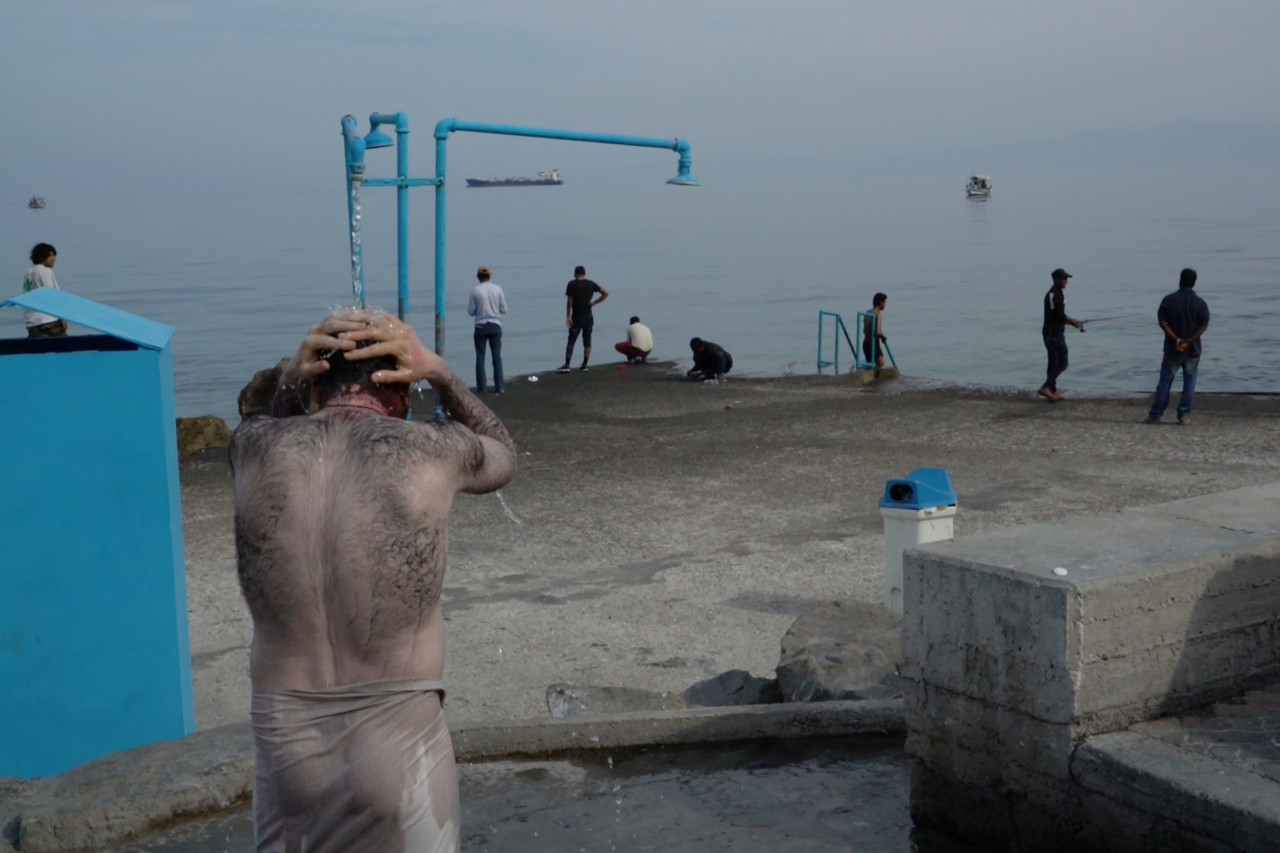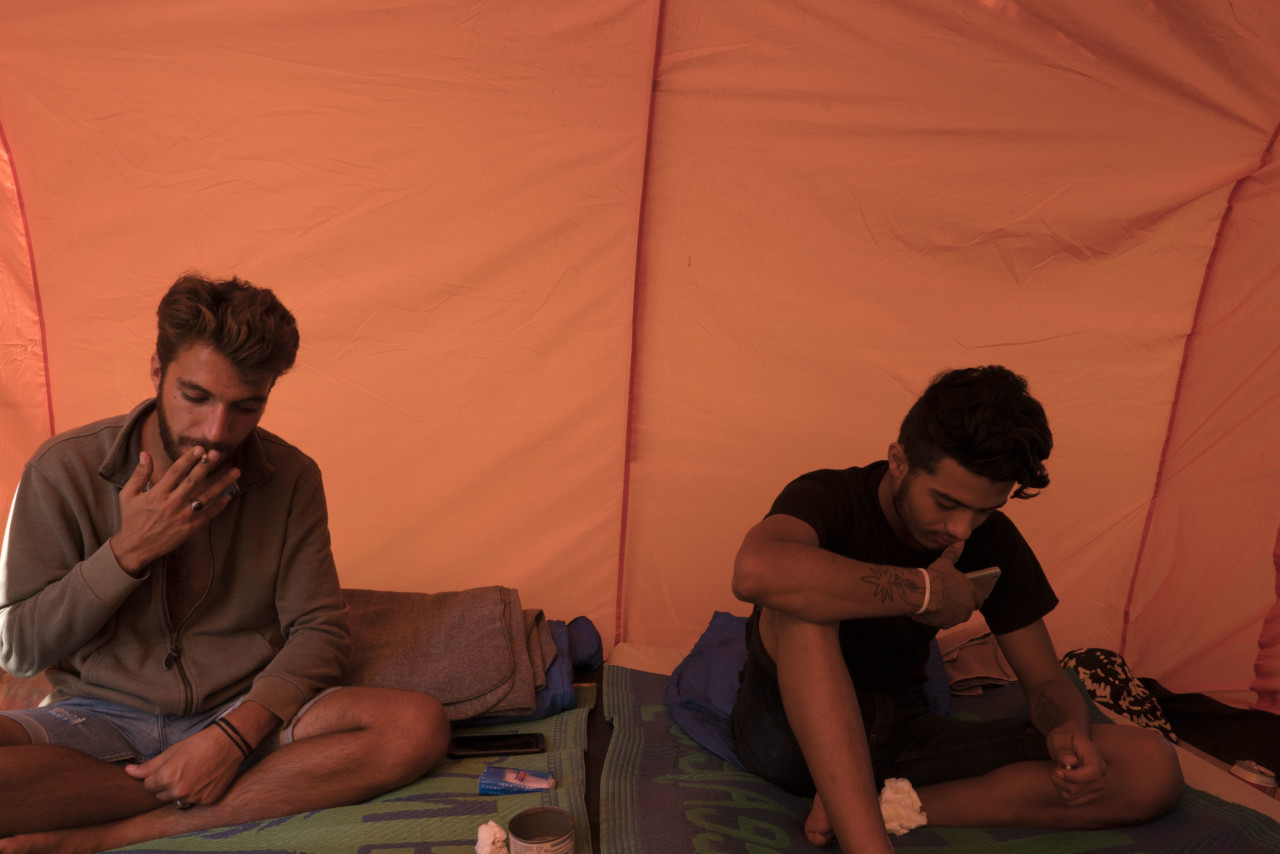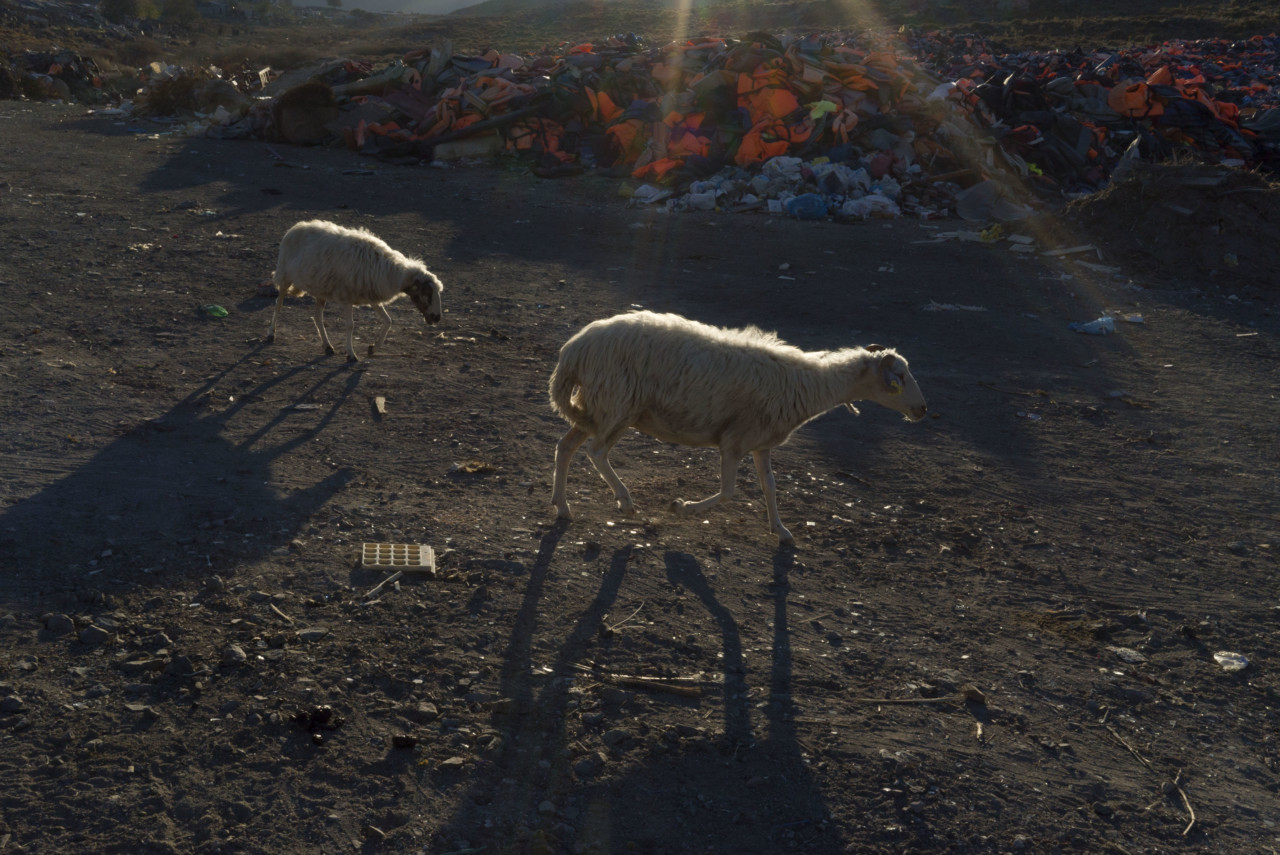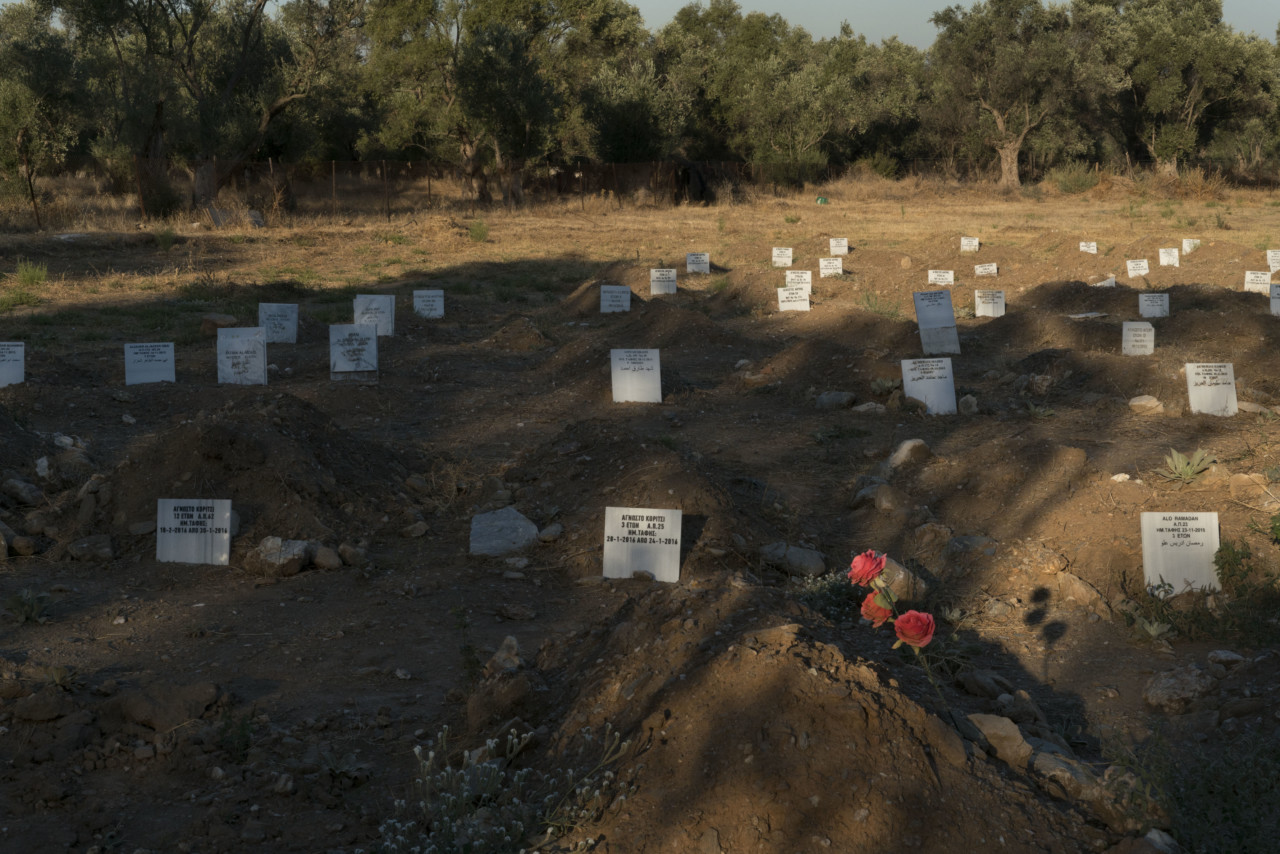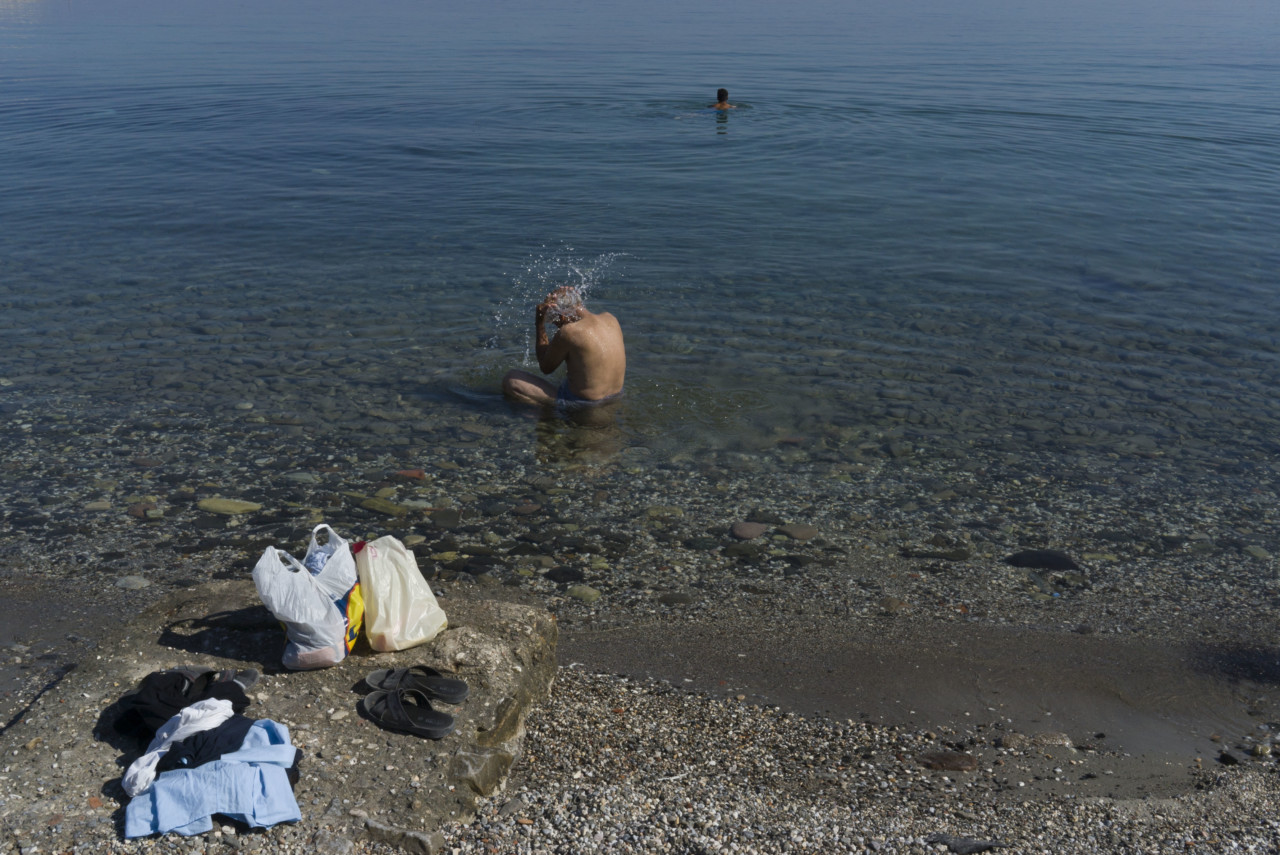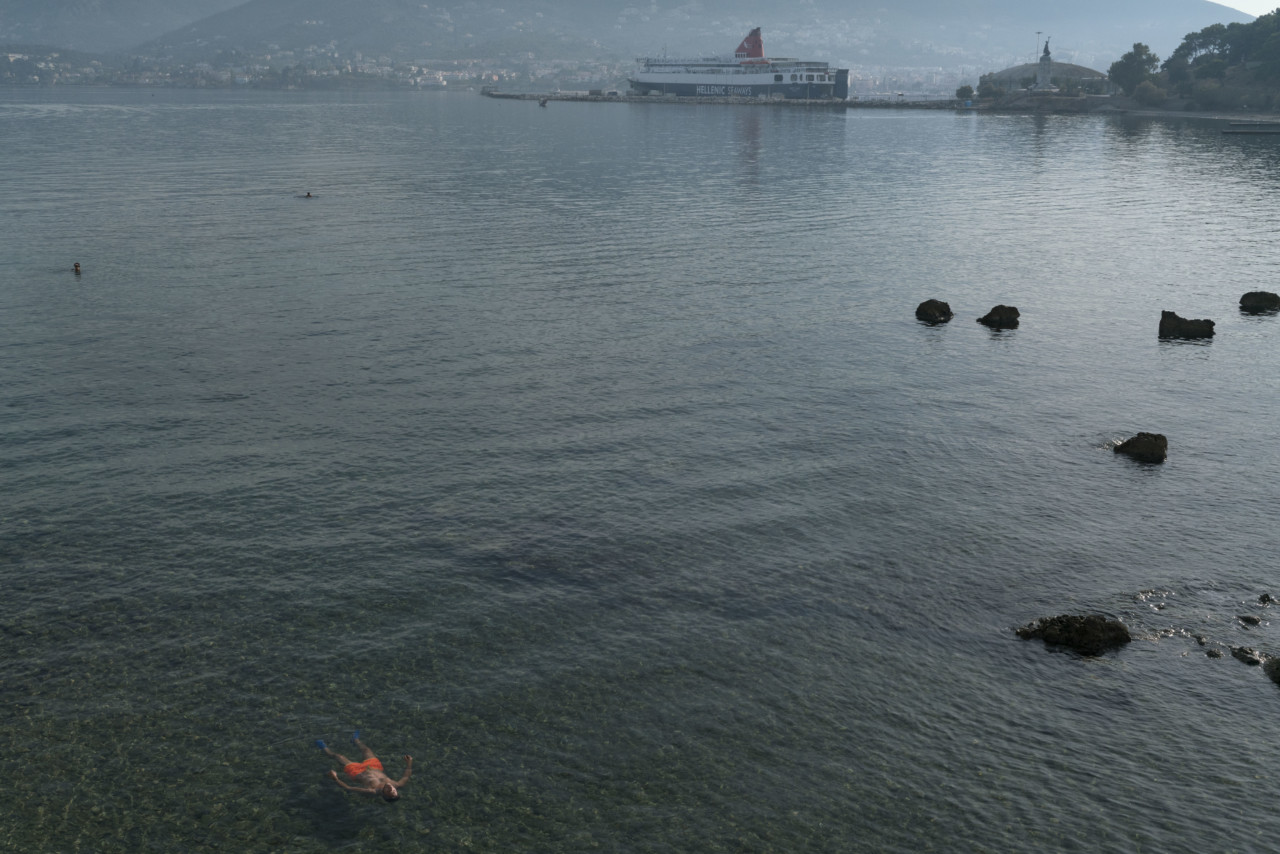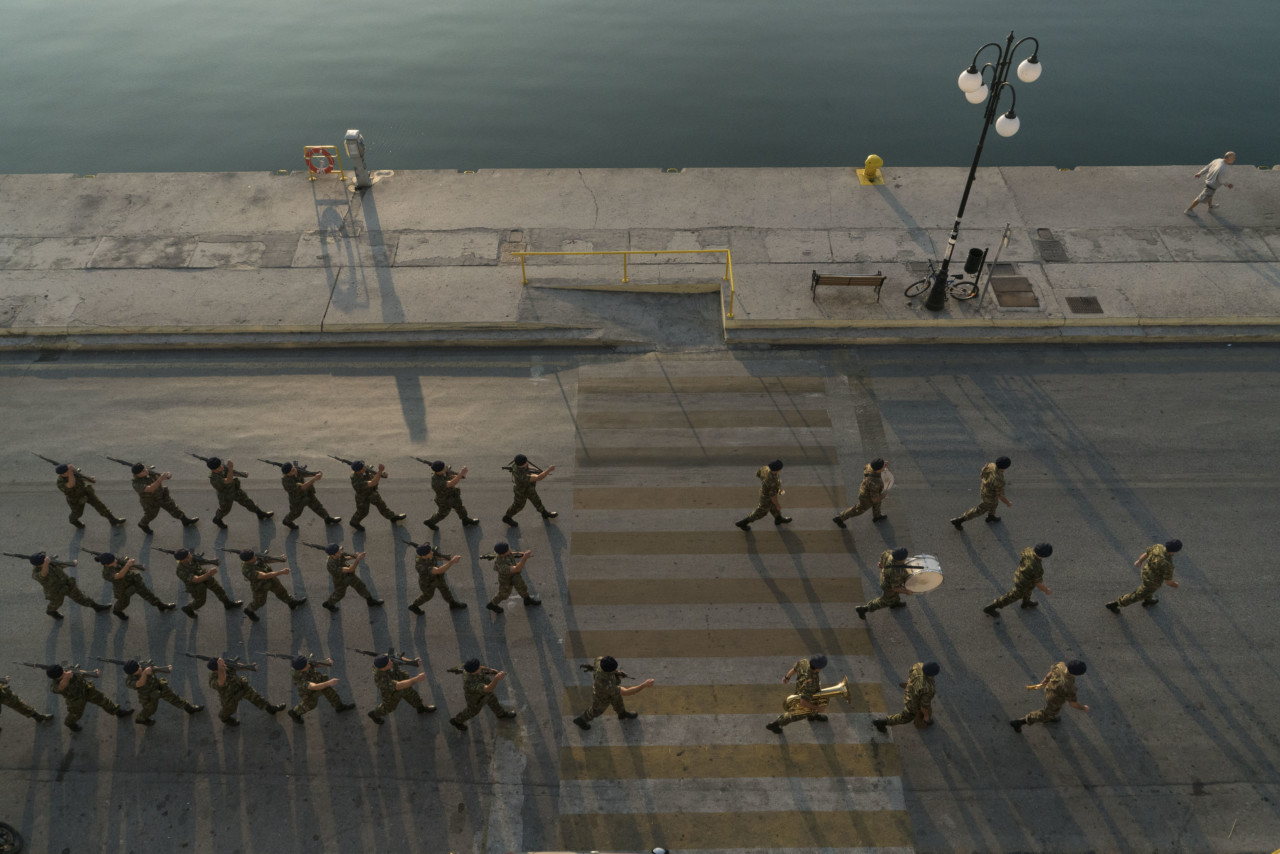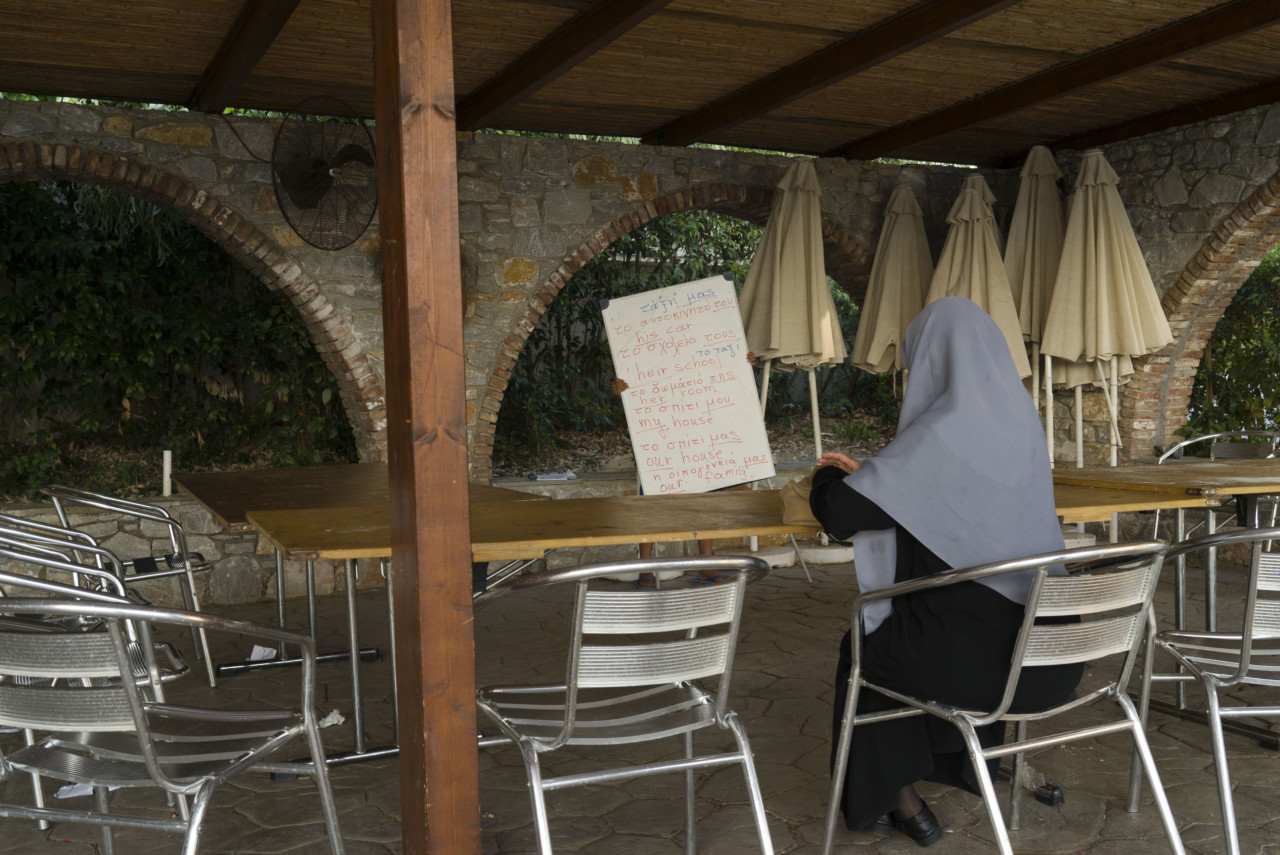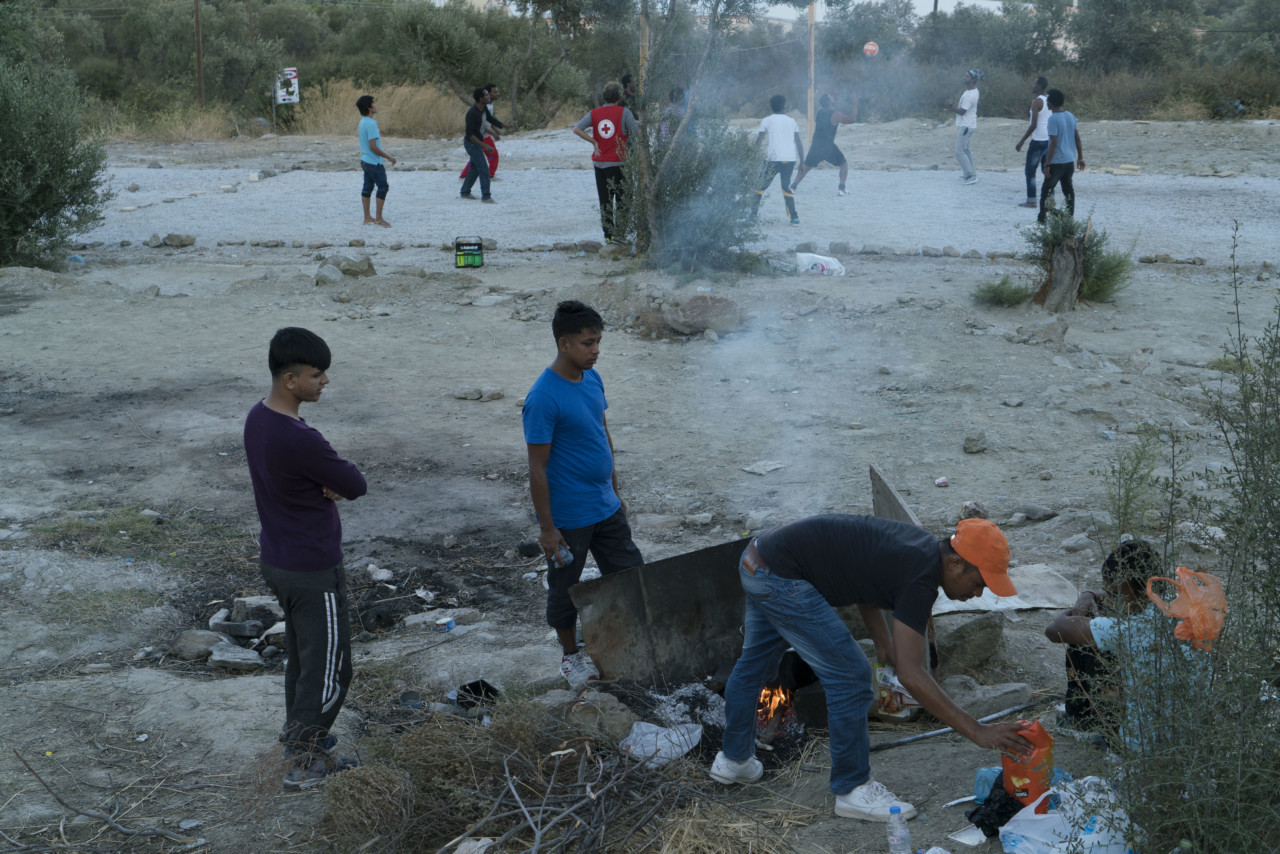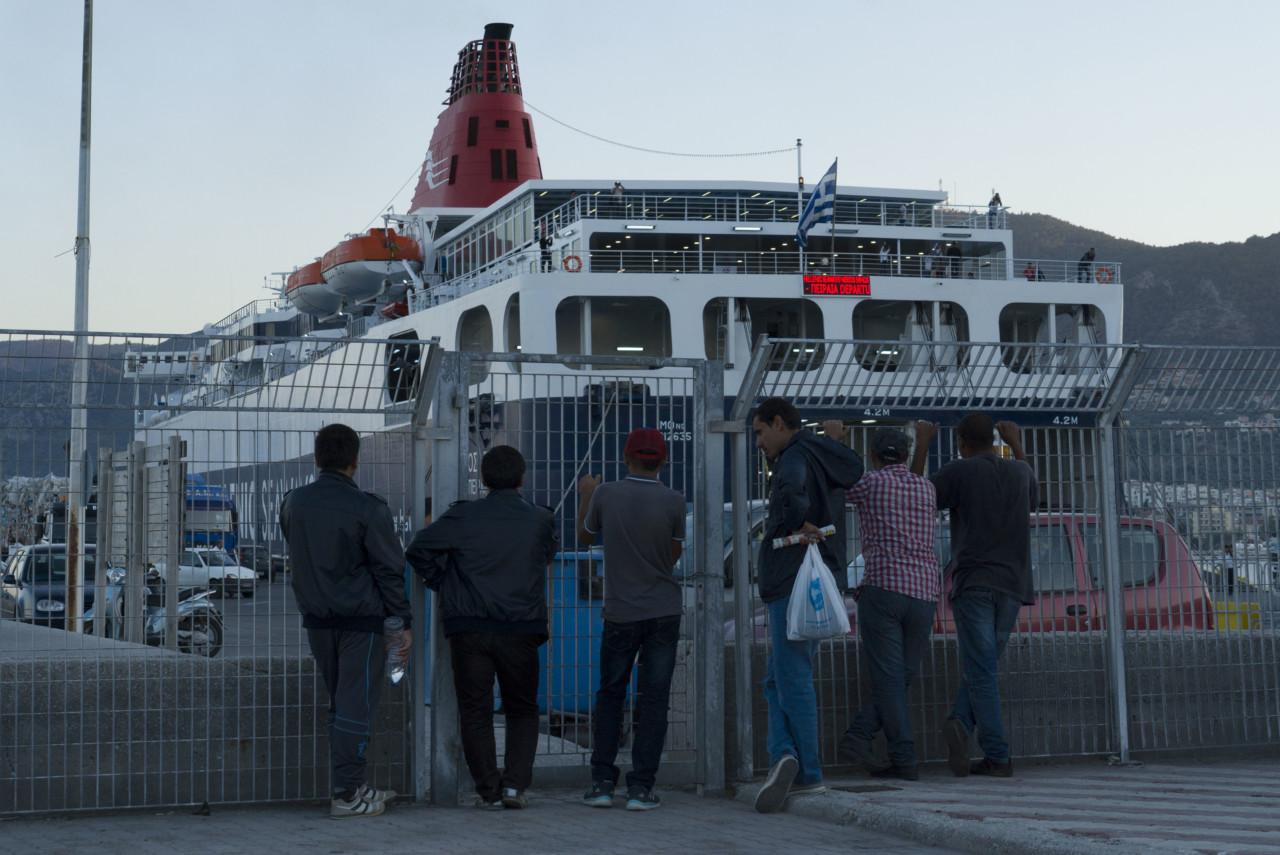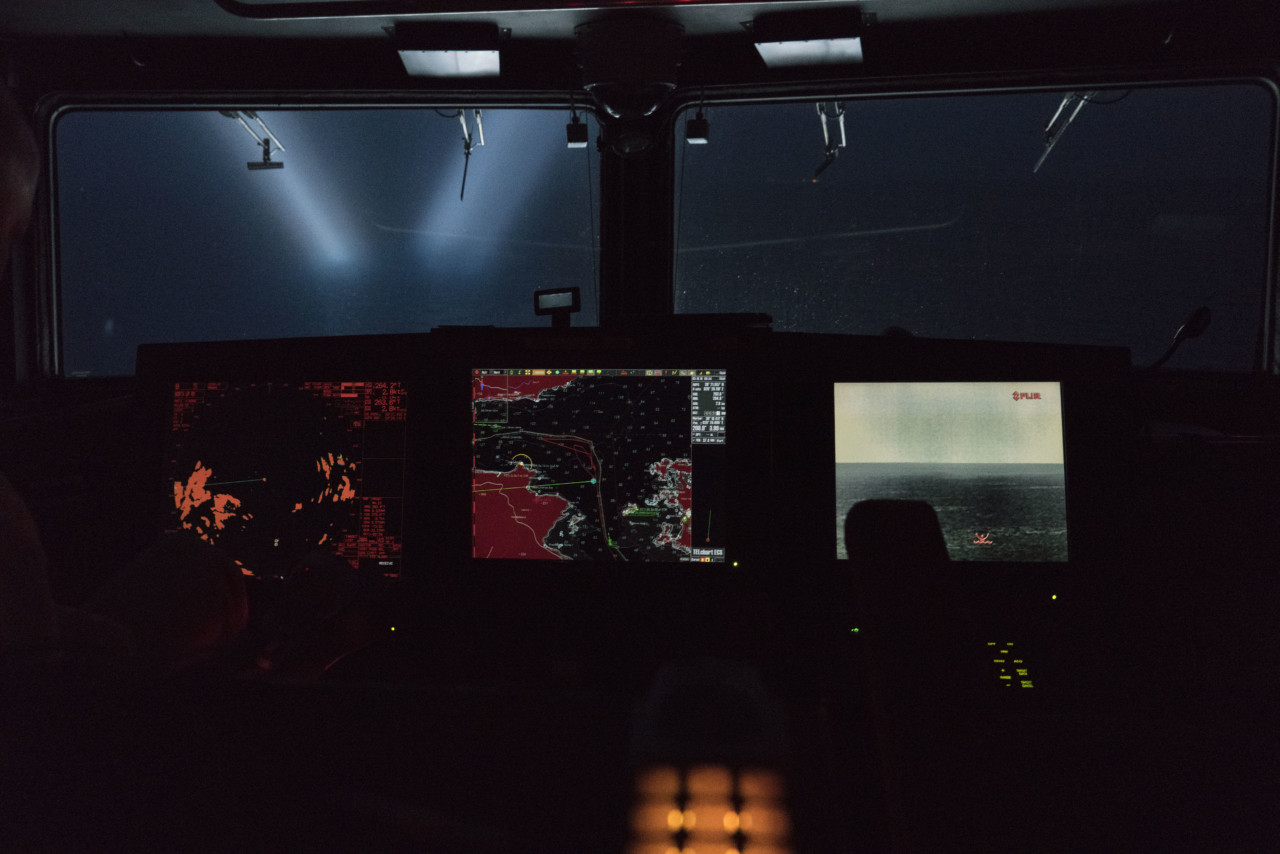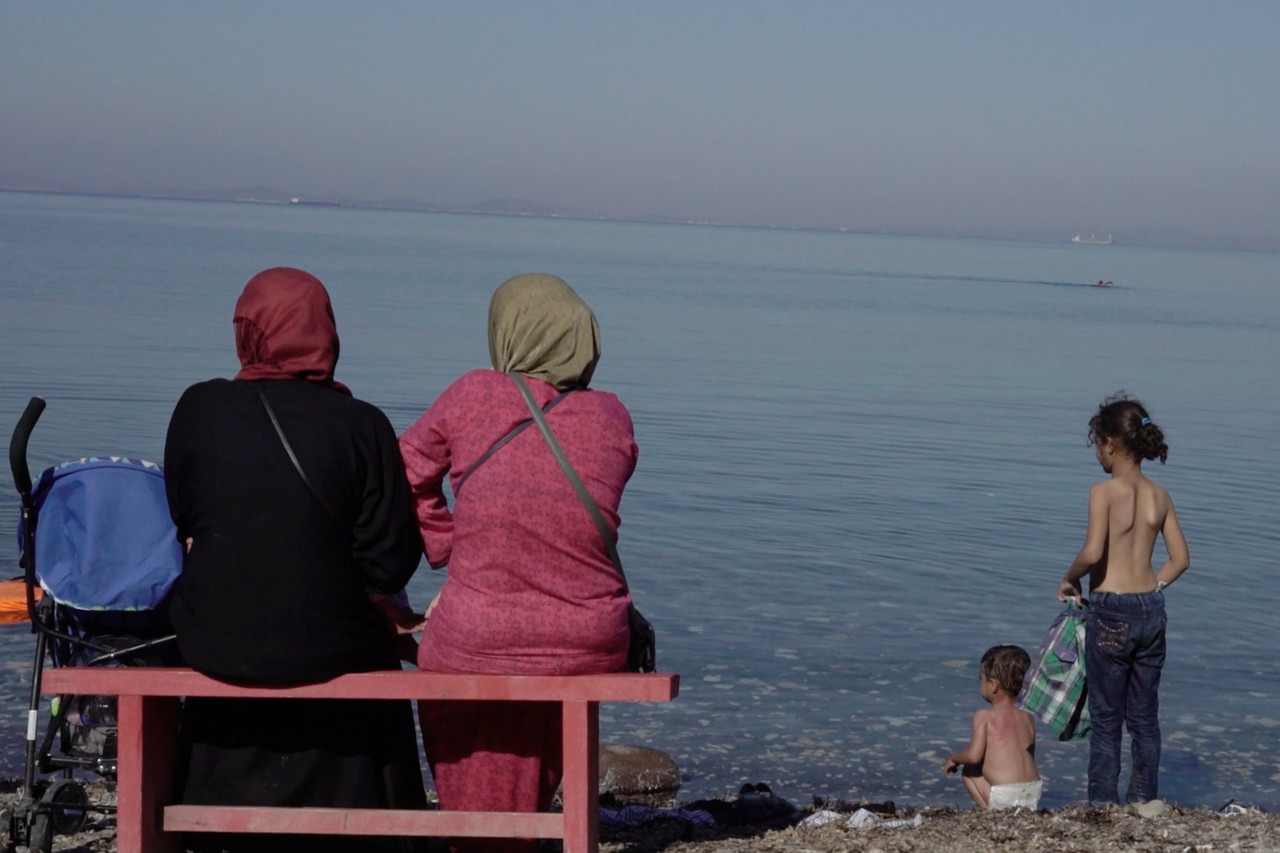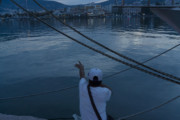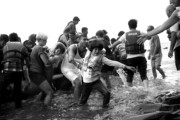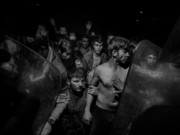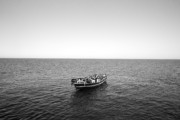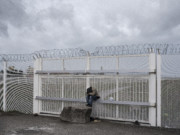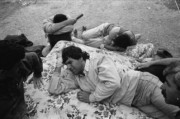Return to Lesbos
Chien-Chi Chang captures a lull on the Greek island that was once the daily port for thousands of migrants making their way into Europe
Since the closure of the Balkan route in March 2016, which stopped migrants being able to go from Greece to western Europe via the Former Yugoslav Republic of Macedonia, Serbia, Hungary and Croatia, there has been a significant drop in the number of migrants arriving on the Greek island of Lesbos, having sailed across the Aegean sea.
At the height of the influx of migrants to the island, hundreds were arriving daily via boats of varying degrees of safety. The treacherous journeys and arrival of these people on the move were captured by Magnum photographers, including Paolo Pellegrin, Alex Majoli and Jerome Sessini.
Magnum’s Chien-Chi Chang returned to the island recently to explore the situation today. While there, he took part in a coastal patrol run by Frontex, the European Agency for the Management of Operational Cooperation at the External Borders of the Member States of the European Union.
According to Frontex, the number of migrants arriving on the Greek islands in the Eastern Mediterranean fell last month to 2,960, nearly 24% fewer than in August. This accounts for barely 2% of the figure from September 2015.
In the first nine months of 2016, the total number of migrants who reached the Greek islands in the Aegean dropped by nearly 60% to some 167, 200. Most of these arrived in the first quarter of 2016, before the Balkan route closed.
Now, the once daily boats crammed with new arrivals have lulled and the beaches are no longer strewn with life jackets. But for the almost 6,000 migrants stuck in camps intended for around half that number, their lives remain in limbo, as they are unable to progress on their journey through Europe. “[The] refugees fear for repatriation and wait for a miracle,” says Chien-Chi Chang.
“Lesbos, at first glimpse, is seemingly back to normal, with its busy sea port functioning normally, and local shoppers out and about. But, deep down, residents are aware that this could change overnight, with a new wave of refugees and migrants crossing the Aegean Sea. Many of the NGO camps are currently empty and NGO recuse operations are on hold, but it is like they are just in a ‘stand-by’ mode in case any change takes place. The asylum paper process has been slow for the most part, as is the EU-Turkey repatriation policy. I heard Greece is simply too understaffed to speed up either procedure. So everyone waits, the refugees, migrants, their families either in Europe or back in Syria, Iraq or Afghanistan and surely NGO volunteers.”
Despite the numbers of migrants making the journey across the Aegean and eastern Mediterranean to Greece, numbers of migrants taking the more dangerous central route from north Africa to Italy are almost unchanged since last year, according to the United Nations High Commissioner For Refugees (UNHCR).


